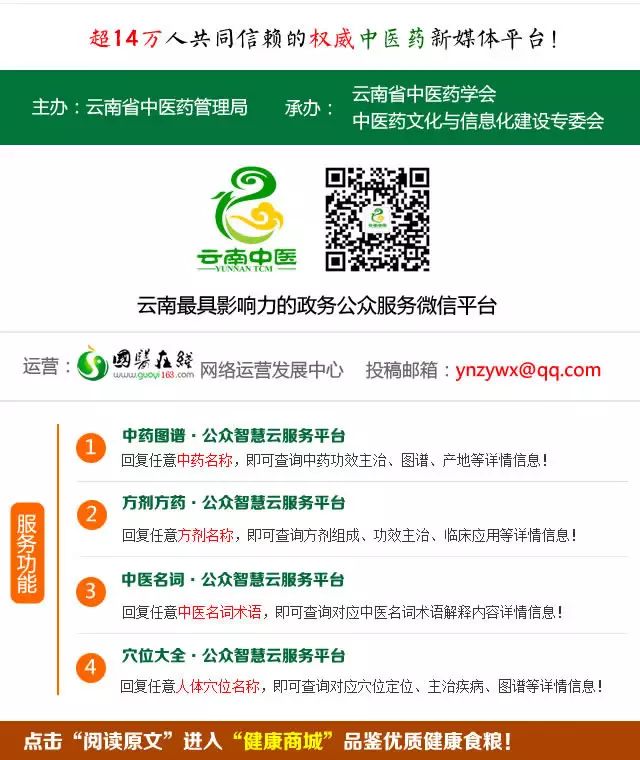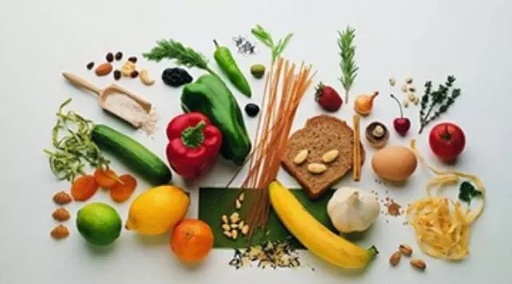This public account is the official WeChat of the Yunnan Provincial Administration of Traditional Chinese Medicine. If you have not followed yet, please click the blue “Yunnan TCM” above to follow.

▶This article is from the 296th issue of “The Way of Health Preservation”. Please share it in your circle of friends to spread positive energy about health preservation and enjoy a healthy life!
There are nine types of TCM constitutions: Harmonious Constitution (Pinghe zhi), Qi Deficiency Constitution (Qi xu zhi), Yang Deficiency Constitution (Yang xu zhi), Yin Deficiency Constitution (Yin xu zhi), Blood Stasis Constitution (Xue yu zhi), Phlegm-Damp Constitution (Tan shi zhi), Damp-Heat Constitution (Shi re zhi), Qi Stagnation Constitution (Qi yu zhi), and Special Constitution (Te bing zhi). Different constitutions require different health preservation methods, but people often overlook the need for health preservation in those with a Harmonious Constitution, which is considered an ideal state of health. In fact, regardless of constitution, one should always pay attention to health preservation. Below are some spring health preservation methods for those with a Harmonious Constitution for your reference.
Why is it important to focus on health preservation for those with a Harmonious Constitution?
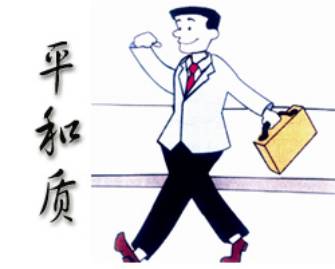
The Harmonious Constitution is characterized by a balance of Yin and Yang, and a harmonious flow of Qi and Blood, with features such as moderate body shape, rosy complexion, and abundant energy. This constitution is more common among young people, particularly males, and decreases with age.
While the Harmonious Constitution is an ideal health state, factors such as climate change, environmental pollution, work and life stress, and aging can alter this constitution, leading to sub-health states or diseases. Therefore, health preservation is not just for the elderly or those who are ill; it is a healthy lifestyle that should become a habit, practiced consistently throughout life.
Spring Health Preservation Principles: Nourish Yang and Assist Yang, Soften the Liver and Strengthen the Spleen.
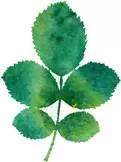 Health Preservation Ingredients
Health Preservation Ingredients
01
Carrot (Hu luo bo)
According to the Compendium of Materia Medica, carrots are described as: “Sweet and pungent in flavor, neutral in nature. They enter the Spleen, Liver, and Lung meridians. They strengthen the Spleen and harmonize the middle, nourish the Liver and brighten the eyes.” For those with a Harmonious Constitution, the spring diet should “reduce sourness and increase sweetness”; therefore, regularly consuming sweet carrots can nourish the Spleen and Stomach, and soften the Liver Qi.
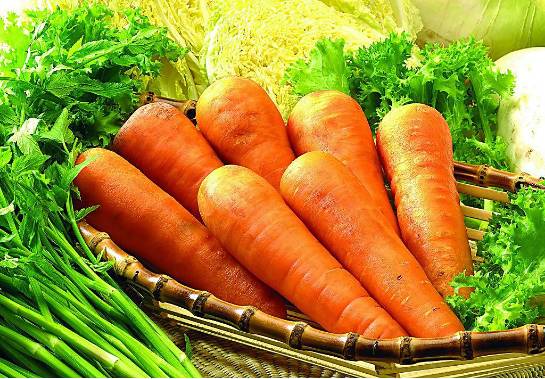
Specific Preparation:
It is best to cook carrots with oil or stew them with meat to ensure effective absorption of their beneficial components. Additionally, do not consume excessive amounts of carrots, as high intake of carotene can cause skin pigmentation changes, turning it orange-yellow. When cooking carrots, avoid adding vinegar to prevent loss of carotene.
Precautions:
Those with Spleen and Stomach deficiency and cold should not eat them raw. Carrots should not be consumed with alcohol or white radish.
02
Red Dates (Hong zao)
According to the Compendium of Materia Medica, red dates are described as: “Sweet in flavor, neutral, non-toxic. They nourish the five organs, treat deficiencies, and benefit Qi.” People with a Harmonious Constitution can frequently consume red dates in spring, as they are sweet and contain a large amount of protein, sugars, organic acids, and vitamins B and C, making them excellent for nourishing the Spleen and Stomach.
Specific Preparation:
Regularly drinking roasted red date tea in spring can help strengthen the Spleen, generate fluids, and benefit Qi. Preparation: Roast 4 red dates in a pot until both sides are charred; tear them open and brew with 2 chrysanthemum flowers and some goji berries. Alternatively, consume a small amount of red dates daily.
Precautions:
Diabetics should avoid them; those with damp-heat in the gastrointestinal tract should use with caution; do not consume too many red dates at once.
Health Preservation Porridge: Yam Porridge
Specific Preparation: Wash and cut 25 grams of yam into pieces, add 100 grams of coix seeds and 25 grams of fox nuts, and cook with an appropriate amount of water until it becomes porridge, then it is ready to eat.
Effects: Nourishes the kidneys, secures essence, strengthens the Spleen and Stomach.
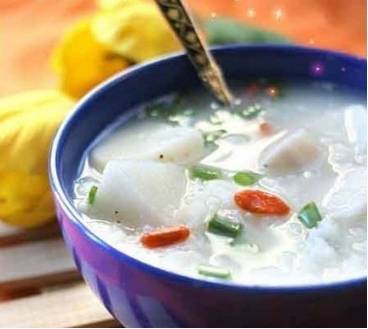
Health Preservation Soup: Yam and Chestnut Soup
Specific Preparation: Peel 200 grams of yam and 100 grams of chestnuts, and prepare 500 grams of cleaned pork bones; simmer all three ingredients in a clay pot for about an hour, then add salt to taste.
Effects: Strengthens the Spleen, nourishes the kidneys, benefits Qi, and strengthens the muscles.
Dietary Restrictions for Spring for Those with a Harmonious Constitution:
Spring is the beginning of all things, a season of rising Yang energy. Therefore, those with a Harmonious Constitution should avoid spicy foods to prevent excessive Yang from leaking out, which could lead to the Liver (Wood) overacting and harming the Spleen (Earth).
 Meridian and Acupoint Health Care1Acupoint Massage
Meridian and Acupoint Health Care1Acupoint Massage
Zu San Li (足三里) — The Most Important Health Preservation Acupoint
In TCM, the Spleen and Stomach are the foundation of postnatal life and the source of Qi and Blood. Protecting the Spleen and Stomach is key to health preservation. Zu San Li is the He-Sea point of the Stomach Meridian of Foot Yangming, and is the most vigorous acupoint along the entire meridian. Regular stimulation of this point can prevent and treat various diseases, strengthen the body, and promote longevity. Therefore, Zu San Li is also known as the “Longevity Point.”
Location: When the knee is bent, a noticeable depression can be felt on the outer side of the tibia. Place the four fingers (excluding the thumb) together, and the point is located about four finger widths below this depression, along the outer edge of the tibia, about one finger width from the edge.
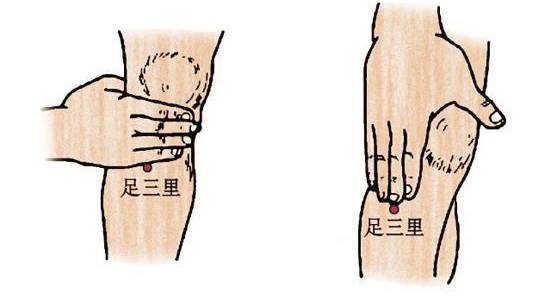
Method: Once the location of Zu San Li is found, use the thumb to massage in a clockwise or counterclockwise direction, or gently tap the point with a fist, adjusting the pressure to a comfortable level. There is no limit to the number of times; it can be done whenever convenient.
2Meridian Tapping — Gallbladder Meridian of Foot Shaoyang
Throughout the four seasons, different meridians are more active, corresponding to the changes in Yin and Yang, Qi, and Blood in the body. Spring is the phase of rising Yang energy, and at this time, the Gallbladder Meridian is most active. The Huang Di Nei Jing states: “All eleven organs depend on the Gallbladder.” The smooth and vigorous flow of Qi and Blood in the Gallbladder Meridian is crucial for the normal operation of Qi and Blood during this season. To maintain the normal rise of Yang energy and smooth flow of Qi and Blood, the simplest method is to tap the Gallbladder Meridian.
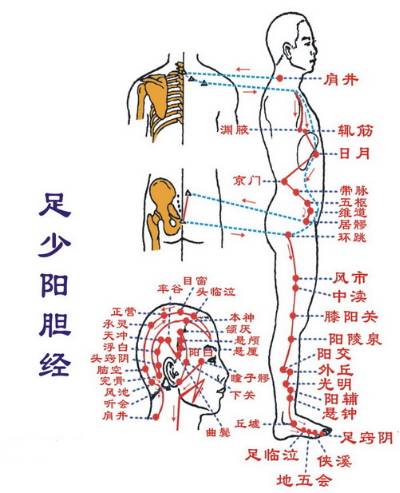
Specific Method: You can sit or stand, make a fist, and start tapping from the Huan Tiao point at the hip, along the outer thigh down to just above the outer ankle. Do this 100 times on each leg daily. The pressure should be moderate, and it can be done anytime and anywhere without strict adherence.
 Foot Bath Health Care
Foot Bath Health Care
After a winter of dormancy, the Yang energy in the body begins to rise in spring, aided by the Liver Qi. There is a Chinese saying: “Soaking feet in spring helps to raise Yang and secure it.” Foot baths can help nourish and protect Yang energy, preventing it from rising excessively. Thus, foot baths are widely recognized as an excellent health preservation method.
For those with a Harmonious Constitution, this time should focus on strengthening the Spleen and nourishing the kidneys, benefiting the lungs, and assisting the rise of Yang energy. It is recommended to use a foot bath with mugwort leaf soup suitable for those with a Harmonious Constitution.
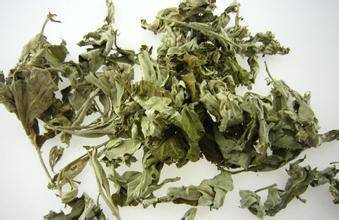
Ingredients: Use 50-100 grams of dried mugwort leaves (depending on the amount of water, there is no strict standard). First, boil in water, then add cool water or wait for it to cool down before soaking feet. If you find it troublesome, you can soak the mugwort leaves in hot water for 20 minutes before adding more water for foot soaking.
Principle: In spring, Yang energy rises, and with winter just passed, it is necessary to warm and promote the body’s Yang energy. Mugwort leaves are pungent and bitter, warm in nature; they enter the Liver, Spleen, and Kidney meridians, and have the effects of warming the meridians, dispelling cold, regulating Qi and Blood, and expelling cold and dampness. Regularly soaking feet in mugwort leaf soup can expel internal cold and promote the rise of Yang energy in the body.
Precautions:
1. Do not soak for too long; a slight sweat is ideal;
2. Avoid foot soaking within half an hour after meals to prevent affecting digestion and absorption;
3. The foot soaking container should allow the feet to rest comfortably, with water level sufficient to soak the calves;
4. Avoid this method if there are external injuries on the skin; those with serious illnesses should consult a doctor before use.
Author’s Profile
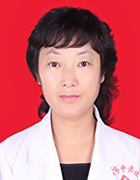
He Dongying: Associate Chief Physician at Baoshan Traditional Chinese Medicine Hospital, Director of the Preventive Medicine Department. With 28 years of clinical experience, skilled in treating internal medicine and gynecological diseases using TCM and integrative approaches; specializes in chronic diseases, coronary heart disease, hypertension, stroke, menorrhagia, endometriosis, etc.; adept at TCM regulation and health preservation for individuals with biased constitutions, sub-health populations, post-illness recovery, and elderly diseases. Also serves as a member of the Yunnan Provincial TCM Society, Vice Chairman of the TCM Constitution Branch, Executive Member of the Preventive Medicine Committee, Committee Member of the Health Preservation Physician Branch of the Yunnan Provincial Physician Association, and Executive Member of the TCM Brain Disease Committee of the Yunnan Provincial TCM Society.
Warm Reminder:This platform shares health-related graphic information for reference and learning only, and should not be used as a basis for medical diagnosis. Please consult a TCM practitioner for guidance if needed.
Editor / Zhang Xiaobei Editor / Chen Sisi Layout / Dai Yeli
